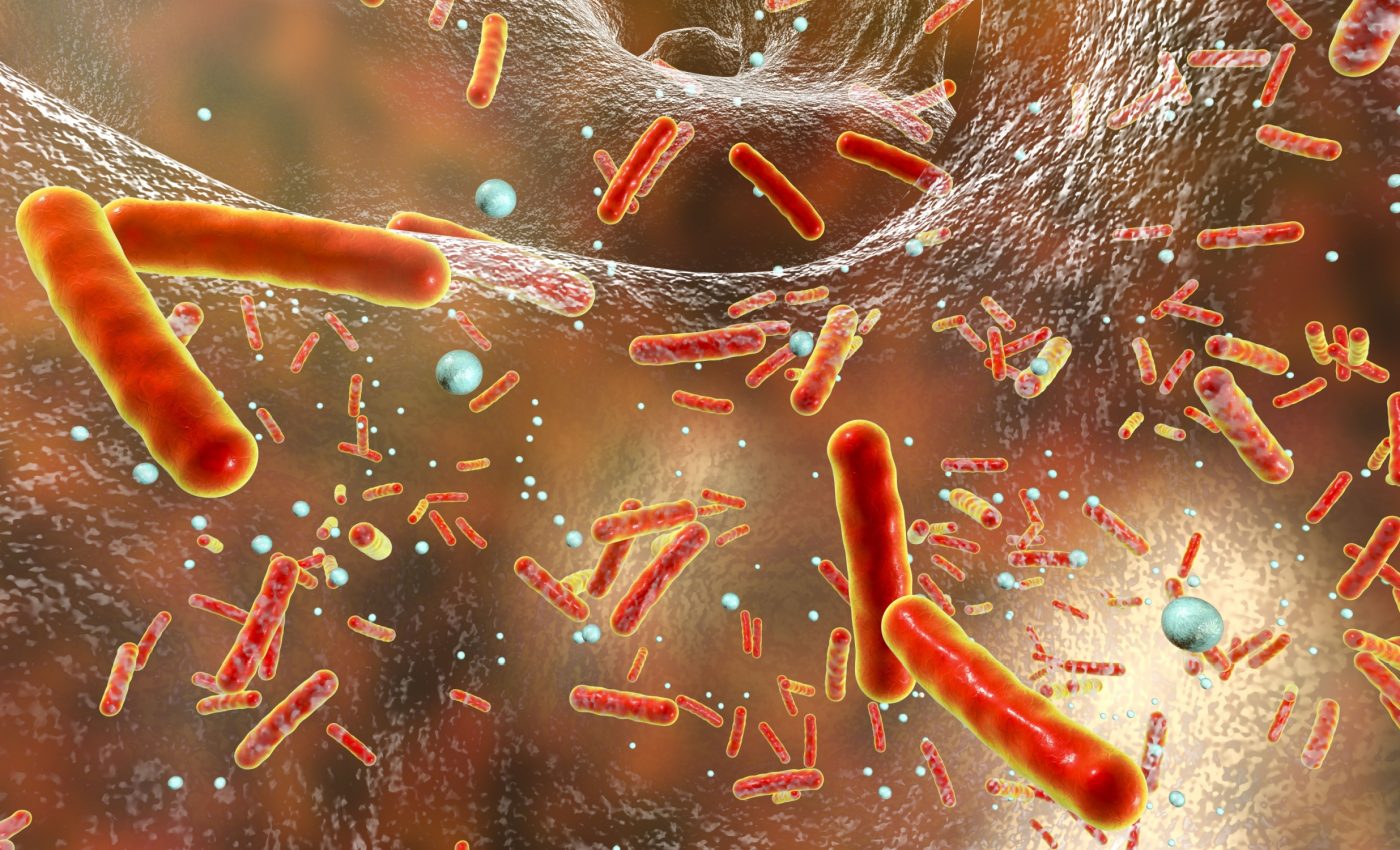
Genes for antibiotic resistance lurk in our wastewater and streams
Prescriptions for antibiotic medications have fallen in recent years. Yet the genes that let bacteria shrug off these drugs remain stubbornly common in rivers and streams.
A new investigation shows that less medicine in people does not always mean less antimicrobial resistance (AMR) in nature.
Tracking antibiotic resistance
Scientists at the University of Bath traced both antibiotic use and AMR genes by sampling wastewater from four treatment plants in southwest England.
The researchers studied two years of samples taken during the COVID-19 pandemic and compared them with data gathered before 2019. The team matched every sewage sample to medical prescription records from the same period.
The experts noted a clear seasonal dip in prescriptions between 2017 and 2019. Drug levels in wastewater decreased too. But the load of resistance genes in the wastewater remained high.
Even a sharp drop in prescriptions during the 2020 lockdown brought only a brief fall in AMR genes in wastewater. Once social contact rose, both prescriptions and resistance genes bounced back up.
Reducing antibiotic use isn’t enough
“The spread of antimicrobial resistance is a huge threat to all our lives – we rely on antibiotics for treating common infections and to safely carry out surgical procedures,” said Professor Barbara Kasprzyk-Hordern, director of CWBE.
“The main focus globally on combatting AMR has been to reduce the amount of antibiotics used, but our research findings show that this alone might not be enough to tackle the problem.”
She pointed out that once resistance genes are out there in the environment, they can be transferred between bacteria, increasing the populations of microbes that are resistant to treatment with antibiotics.
“This is really worrying because we had previously assumed that less usage would result in less AMR, but our results show the problem is more complex than that,” noted Professor Kasprzyk-Hordern.
How resistance spreads without antibiotics
Bacteria swap genes with each other in soil, water, and the human gut. Once a resistance gene enters that pool, it can spread even when antibiotic pressure falls.
The study suggests that public-health plans must look beyond prescribing habits and consider farming, wastewater treatment, and environmental cleanup.
The research team urges policy makers to adopt a One Health approach. That means looking at people, animals, and ecosystems together in an any attempt to reduce populations of resistant microbes.
Better drug stewardship in hospitals and clinics is still vital. But it must be joined by limits on antibiotics in livestock, upgrades to sewage plants, and surveillance of rivers and soils.
Building a real-world lab
The Bath group and partners have launched the Centre of Excellence in Water-Based Early-Warning Systems for Health Protection.
The team’s first “living lab” will follow microbes and chemicals from wastewater to human health outcomes over many years. This long view should reveal how resistance moves through entire communities.
Antibiotic resistance genes in wastewater
“Our work shows that wastewater-based epidemiology is an innovative and cost-effective monitoring tool that can be used to understand antibiotic usage and how antibiotic-resistant genes spread,“ said Dr. Like Xu, first author of the study.
Antimicrobial resistance is a growing concern and the presence of persistent concentrations of antibiotic-resistant genes in the environment could potentially lead to serious and widespread health issues.
“Through wastewater analysis, this approach helps identify new resistance patterns, understand their transmission and establish baselines at community level,” confirmed Dr. Xu.
“This evidence can support decision makers in developing coordinated interventions and assessing their effectiveness in near-real time.”
A shared responsibility
Antibiotic resistance isn’t just a problem for doctors or scientists – it affects everyone. The study shows that resistance can spread in ways we don’t always see or expect.
To reduce the threat, we need to focus on where resistance is hiding and how it travels – not just how we can reduce the use of antibiotic medications.
This also calls for broader action. Clean water systems, responsible farming, and better tracking of resistance in communities all play a role. It’s not just about changing how we use antibiotics – it’s about changing how we think about the connections between health, the environment, and society.
Everyone has a part to play, from governments and hospitals to farmers and families. If we want to protect the power of antibiotics for the future, we’ll need to take a smarter, more connected approach today.
The full study was published in the journal Journal of Global Antimicrobial Resistance.
—–
Like what you read? Subscribe to our newsletter for engaging articles, exclusive content, and the latest updates.
Check us out on EarthSnap, a free app brought to you by Eric Ralls and Earth.com.
—–













